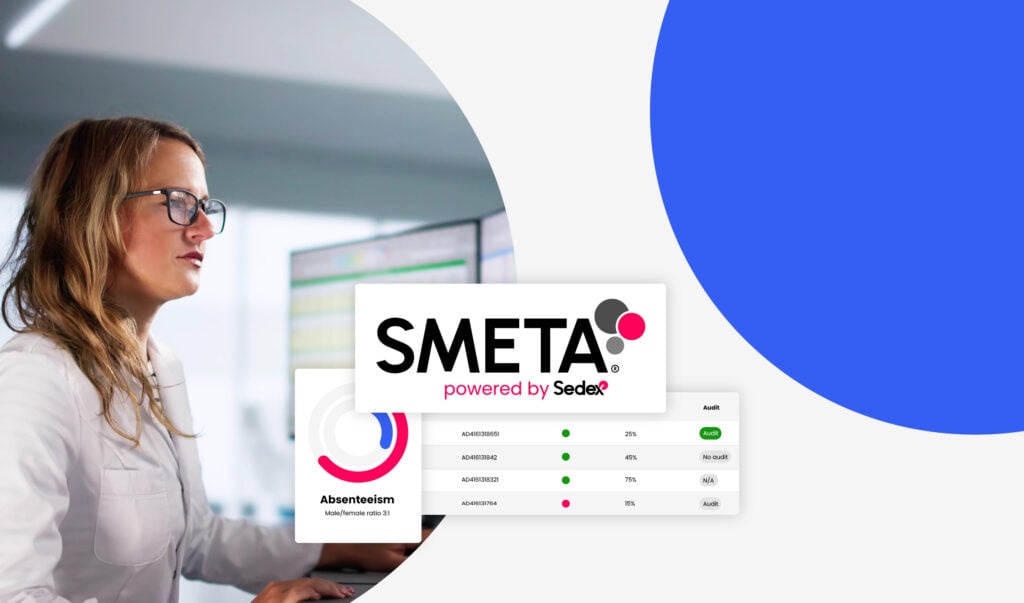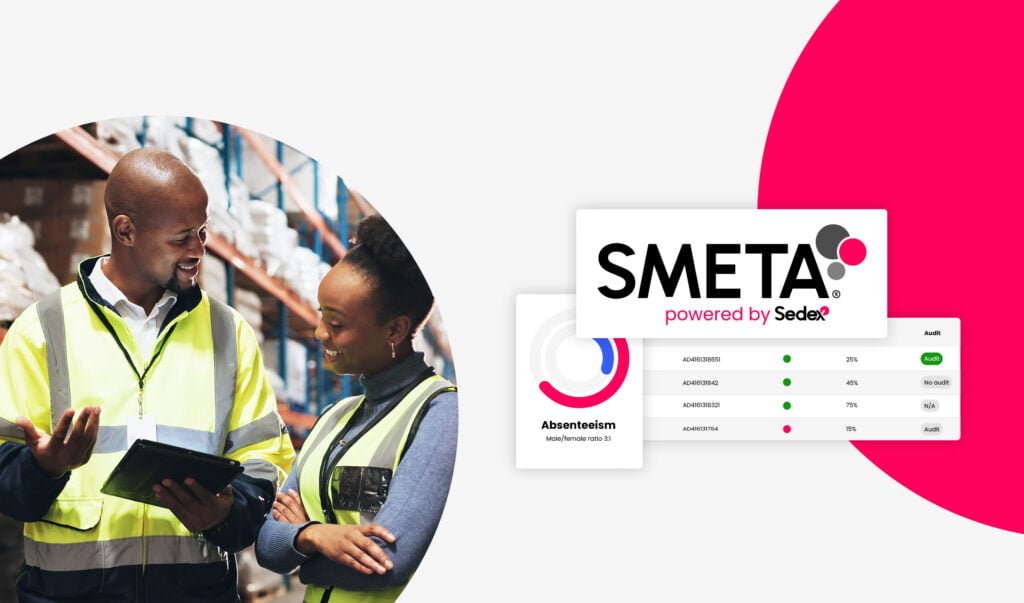International Migrants Day 2020
Using data to help Sedex members provide safe, secure work for migrant workers
While many high-skilled migrants benefit from decent working conditions, the reality for low-skilled migrants – essential to the operation of many value chains – can often be less positive.
This International Migrants Day, we look at how data helps businesses create safer, more secure working conditions for low-skilled migrant workers. Although not inherently vulnerable, migrants looking for or carrying out low-skilled labour are vulnerable to labour exploitation and, in the worst cases, trafficking and forced labour.
The International Labour Organization (ILO) estimates that in 2017 there were 164 million migrant workers. These workers, many of whom are “low skilled”, form a crucial part of the workforce for many businesses, including Sedex member companies. Migrant workers also help hundreds of billions of dollars’ worth of earnings pass to developing countries each year [i].
Therefore, it’s essential that Sedex members ensure the migrant workers in their businesses and supply chains are working in a safe and secure environment.
This year, through our new Self-Assessment Questionnaire (SAQ) and Risk Assessment tool, our new risk assessment tool, we have focused on highlighting where migrants are present in our members’ supply chains and where they are most at risk. This supports companies to prioritise interventions and focus their resources where they are most needed.

Common risks for migrant workers
Migrants are commonly overrepresented in jobs and industries where wages are low, work is hazardous, short-term, seasonal and where non-standard ‘flexible’ contracts are pervasive. Their vulnerability to exploitation is often increased by language barriers, ignorance of local laws and the mechanisms available to raise concerns, and weak or absent regulatory protections.
Despite being against international conventions and many national laws, most low-skilled migrant workers pay fees to obtain contracts and complete recruitment formalities [ii]. Such unethical recruitment practices can burden migrant workers with debt – sometimes many times more than their monthly earnings – that they can never realistically pay off. This practice leads many migrant workers to end up in a situation of forced labour [iii].
The precariousness of these conditions were exposed as the COVID-19 pandemic spread throughout the world.
Many low-skilled migrants found themselves stranded in their host countries without access to social protection and little money for food or accommodation, forcing many to accept even worse conditions, including living in cramped worksite accommodation where social distancing was impossible [iv]. The withholding or theft of migrant workers’ wages – exacerbated by some companies’ responses to the pandemic – has been identified as one of the key human rights issues for businesses in 2021. [v]
Rich data helps businesses to understand whether such issues may be present in their supply chains, through identifying migrant workers and the conditions surrounding their employment.
Improving migrant worker data capture
The new Sedex Site Profile and questionnaire, launched in February 2020, captures a detailed breakdown of the workers at each production site. This allows members to understand how many migrant workers are at each site and any additional factors which might increase their vulnerability to labour exploitation – such as their gender, and whether they are recruited via a labour agency or employed as a temporary worker.
When a site employs migrant workers, additional SAQ questions are triggered to help to identify specific risk factors, such as the nationalities of workers and whether migrant workers pay any fees.
Highlighting where migrant workers are at risk
Earlier this year Sedex launched a new risk assessment tool, which combines country and sector risk information with the information collected from a site’s profile and supplier SAQs to help Sedex members identify where workers are most likely to be at risk of poor working conditions and labour exploitation.
Early next year we will release a specific set of Vulnerable Worker reports within Sedex’s Risk Assessment toll dedicated to assessing risk to vulnerable worker groups including migrants, as well as women and temporary workers. We will also release an updated version of our Forced Labour Indicator reports, which will combine country and sector risk data with data from audits to bring to light where indicators of forced labour have been found in higher-risk environments.
A custom migrant labour risk index, developed specially for Risk Assessment by labour standards and human rights experts Ergon Associates, assesses whether migrants – both international and internal – in a country will be more vulnerable to conditions of labour exploitation, based on their country of origin and conditions in the receiving country.
We believe the more companies know about the country and sector where migrant workers are employed and the particular risks they may face, such as forced labour and low wages, the more effective they can be in ensuring migrants work in a safe and secure environment, recruited ethically without paying fees.
By acting on this information, companies can help contribute to the 2030 UN Sustainable Development Goal (SDG) 8.8: Protect labour rights and promote safe and secure working environments for all workers, including migrant workers, in particular women migrants, and those in precarious employment.
To find out more about how you can use Risk Assessment tool to assess the risk to workers in your business or value chain.
[i] https://www.ilo.org/global/topics/labour-migration/policy-areas/remittances/lang–en/index.htm
[ii] https://migrationdataportal.org/themes/migrant-recruitment-costs
[iii] https://www.ilo.org/empent/areas/business-helpdesk/WCMS_DOC_ENT_HLP_FL_EN/lang–en/index.htm
[iv] https://www.ilo.org/global/about-the-ilo/newsroom/news/WCMS_748992/lang–en/index.htm
[v] https://www.ihrb.org/library/top-10/top-ten-issues-in-2021



